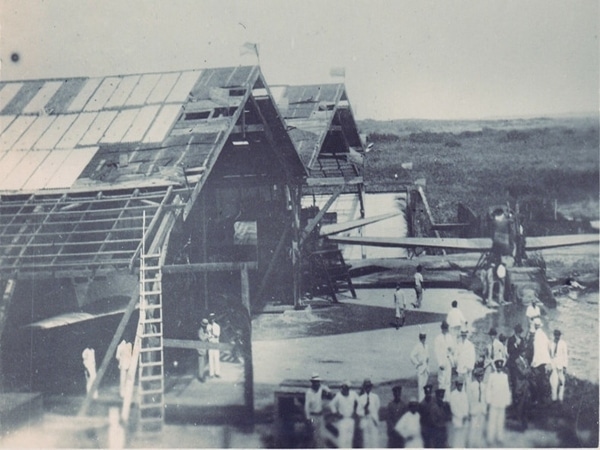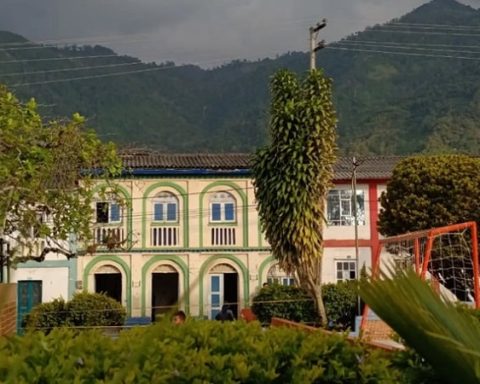The first planes that arrived in the country could travel 850 kilometers and carry four passengers and two crew members.
News Colombia.
The history of commercial aviation in Colombia began on October 19, 1920, when the newly founded company SCADTA (Colombo-German Air Transport Company) made its first flight.
This pioneering company, created on December 5, 1919 by a group of visionary businessmen and pilots, represented a feat in a country where land transportation was almost nonexistent and the Magdalena River monopolized communication between the interior and the Caribbean coast.
The birth of SCADTA and the first airplanes on Colombian soil
Alberto Tietjen, Ernesto Cortissoz, Rafael Mejía Palacio, and other visionary partners invested 100 pesos each to found SCADTA in Barranquilla, which would give rise to one of the most important companies in the history of aviation in Colombia.
Shortly after, the company acquired two Junkers F-13 aircraft, brought by ship from Germany and assembled in Puerto Colombia.
These models, which had to be adapted for local climatic conditions, could travel 850 kilometers and carry four passengers and two crew members.
This was the first commercial flight
The inaugural route connected Barranquilla with Girardot, a trip that at that time meant the most direct access between the Caribbean coast and the center of the country.
The flight, which lasted eight hours, was an unprecedented experience and had only a few passengers.
Once in Girardot, travelers had to complete the journey to Bogotá by train, since there were no planes capable of landing in the Colombian capital at that time.
The flight was carried out by expert pilots of German origin, who marked a before and after in national transportation. On board were some of SCADTA’s members and their guests, pioneers who witnessed from the skies a country unexplored by air traffic.
This historic flight not only drastically reduced travel time between regions but also demonstrated the value of commercial aviation for a country that craved greater connectivity.
Growth and consolidation of commercial aviation in Colombia
The success of the inaugural flight and the need to improve mobility prompted SCADTA to consolidate its air routes. In 1928, SCADTA already offered international flights and had taken over the transportation of airmail, vital for the country’s communication.
Over the years, SCADTA merged with Servicio Aéreo Colombiano (SACO) and continued its operation under the name Aerovías Nacionales de Colombia, Avianca, the name it bears to this day and which symbolizes the rich history of aviation in the country.
SCADTA’s first flight forever transformed Colombia’s landscape and opened the doors to an era of modernity and connection. Although the original planes had limitations, their arrival laid the foundation for a transportation network that, over time, would become one of the most robust in Latin America.

















